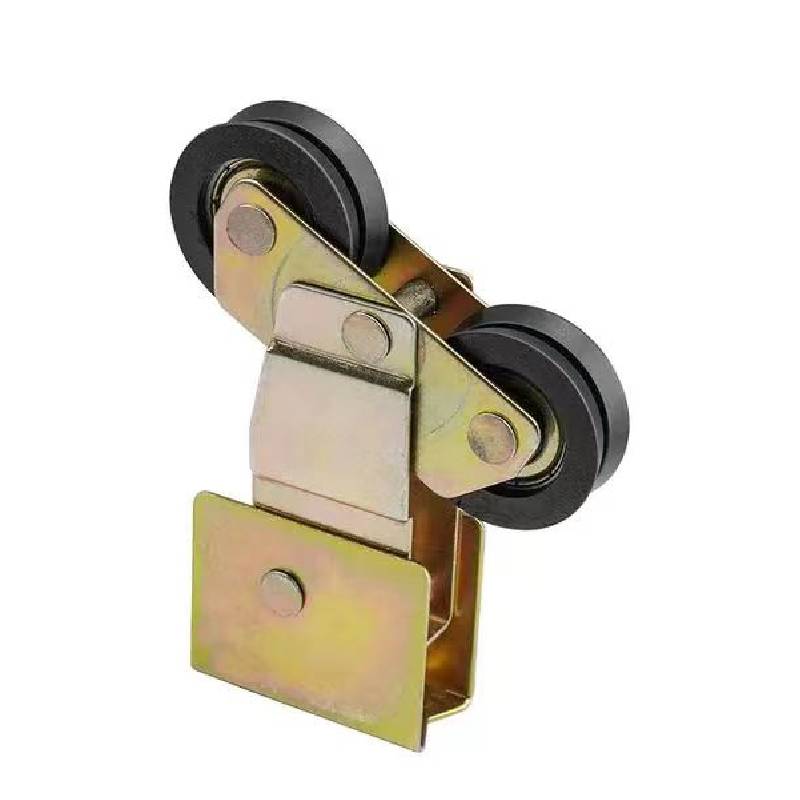Cast Iron Innovations for Modern Applications and Sustainable Practices
The Art and Science of Cast Iron Understanding Fierro Colado
Cast iron, known as fierro colado in Spanish, is a versatile and enduring material that has been utilized in various applications for centuries
. Renowned for its excellent casting properties, durability, and heat retention, cast iron has become an essential component in manufacturing, cooking, and construction.The History of Cast Iron
The origins of cast iron can be traced back to ancient China during the Han Dynasty (around 500 BC), where it was primarily used for weapons and agricultural tools. The technique of casting iron allowed for the production of complex shapes that were difficult to create using forging methods. Over the centuries, the process spread to Europe, where the Industrial Revolution saw a significant upsurge in its use.
In the 18th and 19th centuries, cast iron became a staple material for construction. The introduction of cast iron columns and beams enabled architects and engineers to create taller and more robust structures. Notable examples include the Crystal Palace in London and the iconic Eiffel Tower in Paris, both of which showcase the strength and versatility of cast iron.
The Composition and Properties of Cast Iron
Fierro colado primarily consists of iron, carbon, and silicon. Typically, the carbon content ranges from 2% to 4%, which is responsible for its unique properties. There are several types of cast iron, including gray iron, ductile iron, and white iron, each with distinct characteristics suited for various applications.
- Gray Iron Known for its excellent machinability and good wear resistance, gray iron is commonly used in pipes, engine blocks, and machine bases. - Ductile Iron Also referred to as nodular cast iron, this variant demonstrates enhanced ductility and impact resistance, making it ideal for manhole covers, automotive components, and heavy machinery. - White Iron Characterized by its hardness and brittleness, white iron is often used in applications requiring high wear resistance, such as grinding balls and liner plates.
The ability of cast iron to retain heat makes it a favorite material for cookware. Cast iron skillets and Dutch ovens have gained popularity among chefs and home cooks alike for their ability to achieve high cooking temperatures and maintain heat evenly.
fierro colado

The Manufacturing Process
The cast iron manufacturing process involves melting scrap iron or iron ore in a furnace, adding carbon and other alloying elements, and then pouring the molten metal into molds. The cooling process allows the iron to solidify and take on the shape of the mold. This casting technique enables the production of intricate designs and details that would be hard to achieve through other methods.
After casting, the pieces are often subjected to additional processes such as machining, sandblasting, or painting, depending on their intended use. This not only enhances their aesthetic appeal but also improves their functionality and lifespan.
Applications of Cast Iron
The applications of cast iron are vast and varied. In construction, it is used for ornamental facades, railings, and structural elements. The automotive industry relies on cast iron for engine blocks, cylinder heads, and exhaust manifolds due to its strength and durability. In the culinary world, cast iron cookware is celebrated for its longevity and ability to create non-stick surfaces when properly seasoned.
Additionally, cast iron has found its place in artistic expressions, with many artists and sculptors using it to create stunning works of art that stand the test of time.
Conclusion
Fierro colado, or cast iron, is a marvel of engineering and artistry. Its rich history, unique properties, and wide range of applications make it a cornerstone material in various fields. Whether in crafting durable cookware, constructing monumental buildings, or creating intricate sculptures, cast iron continues to be celebrated for its strength, versatility, and timeless appeal. As we move into the future, the enduring legacy of cast iron is likely to inspire further innovations and creative uses.
-
Wrought Iron Components: Timeless Elegance and Structural StrengthNewsJul.28,2025
-
Window Hardware Essentials: Rollers, Handles, and Locking SolutionsNewsJul.28,2025
-
Small Agricultural Processing Machines: Corn Threshers, Cassava Chippers, Grain Peelers & Chaff CuttersNewsJul.28,2025
-
Sliding Rollers: Smooth, Silent, and Built to LastNewsJul.28,2025
-
Cast Iron Stoves: Timeless Heating with Modern EfficiencyNewsJul.28,2025
-
Cast Iron Pipe and Fitting: Durable, Fire-Resistant Solutions for Plumbing and DrainageNewsJul.28,2025
-
 Wrought Iron Components: Timeless Elegance and Structural StrengthJul-28-2025Wrought Iron Components: Timeless Elegance and Structural Strength
Wrought Iron Components: Timeless Elegance and Structural StrengthJul-28-2025Wrought Iron Components: Timeless Elegance and Structural Strength -
 Window Hardware Essentials: Rollers, Handles, and Locking SolutionsJul-28-2025Window Hardware Essentials: Rollers, Handles, and Locking Solutions
Window Hardware Essentials: Rollers, Handles, and Locking SolutionsJul-28-2025Window Hardware Essentials: Rollers, Handles, and Locking Solutions -
 Small Agricultural Processing Machines: Corn Threshers, Cassava Chippers, Grain Peelers & Chaff CuttersJul-28-2025Small Agricultural Processing Machines: Corn Threshers, Cassava Chippers, Grain Peelers & Chaff Cutters
Small Agricultural Processing Machines: Corn Threshers, Cassava Chippers, Grain Peelers & Chaff CuttersJul-28-2025Small Agricultural Processing Machines: Corn Threshers, Cassava Chippers, Grain Peelers & Chaff Cutters












